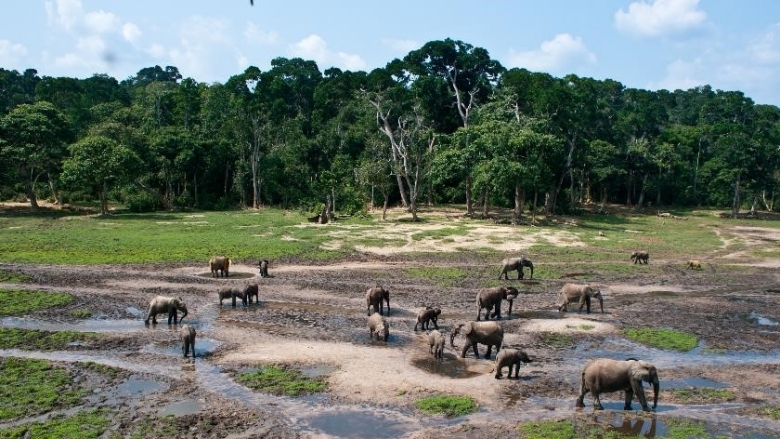
A new report by the World Wildlife Fund (WWF) reveals a drastic reduction in the wildlife population since 1970. Here’s all you need to know.
Shocking reduction in wildlife population

The world’s wildlife populations have decreased by more than two-thirds since 1970 as a result of forest clearing and ocean pollution as per the living planet report by the WWF.
The report added that population sizes saw a reduction of 69 percent. The study used data from the Zoological Society of London (ZSL)’s study in 2018 assessing the state of 32,000 populations comprising over 5,000 species.
Andrew Terry, the head of conservation and strategy for the ZSL stated the “severe drop warns us that nature is unraveling and the natural world is emptying”.

According to the report, the top causes of the reduction are human exploitation, climate change, pollution, and deforestation.
Wildlife populations in Latin America and the Caribbean were particularly hard hit, with a 94% decline in just five decades.
The results show that one population of pink river dolphins in the Brazilian Amazon declined by 65% between 1994 and 2016.
“Nature was in dire straits and it is still in dire straits,” said Mark Wright, director of science at WWF-UK. “The war is definitely being lost.”
Is all hope lost?
There were some glimmerings of hope in the report. The number of eastern lowland gorillas in Kahuzi-Biega National Park in the Democratic Republic of the Congo decreased by 80% as a result of bushmeat hunting between 1994 and 2019, whereas the number of mountain gorillas nearby Virunga National Park increased from 400 to over 600 by 2018.
However, the widespread reductions have sparked frantic calls for greater environmental protection.
In December, representatives from all over the world will meet in Montreal to develop a new global strategy to protect the planet’s fauna and flora.






